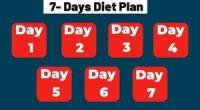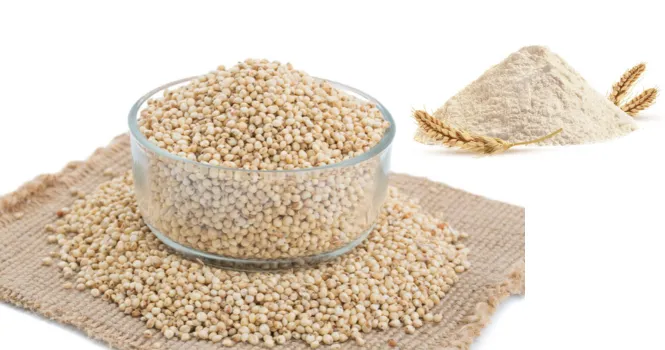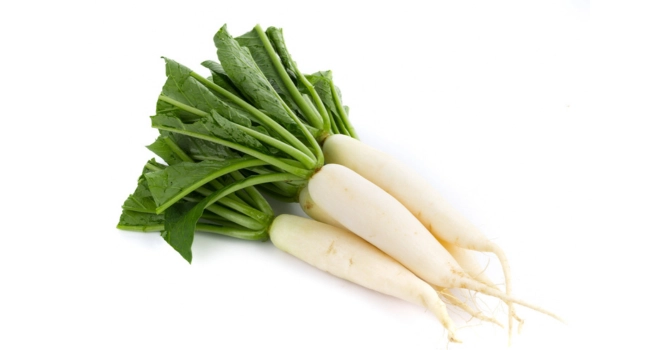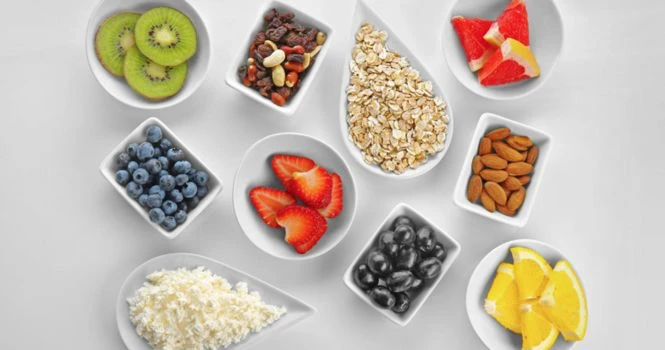What are Calories?
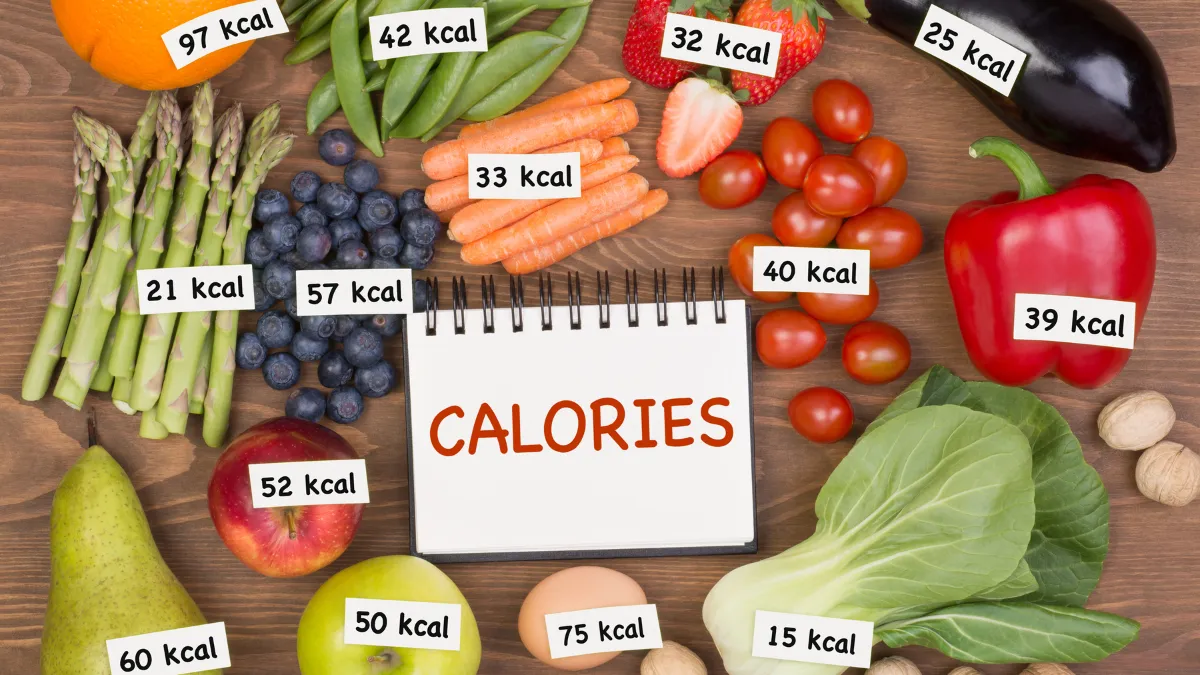
Definition of calories
A calorie is a unit of measurement that shows how much energy is in food and drinks. If you’ve ever wondered what are calories used for, our bodies use this energy to do everything from breathing to running.
Importance of understanding calories
In everyday terms, a calorie is what we count to understand how much energy we are getting from the foods and drinks we consume.
When you eat a slice of pizza or drink a glass of juice, you’re taking in calories that your body will use for energy.
These cals fuel your body’s basic functions, like breathing and thinking, as well as physical activities, like walking and playing sports.
People often talk about calories when discussing diet and weight management, aiming to balance the number of cals they eat with the number they burn through daily activities.
It’s important to understand that Kcal and Cal are used interchangeably in the context of food and nutrition.
Calories in Food and Beverages
Calories in Food
Different foods contain varying amounts of calories depending on their macronutrient content (carbohydrates, proteins, and fats).
For example, fats provide 9 calories per gram, while carbohydrates and proteins each provide 4 calories per gram. This means that high-fat foods generally have more calories than foods high in carbohydrates or proteins.
Calories in Beverages
Beverages also contain calories, especially those with added sugars, like sodas, juices, and energy drinks.
Alcoholic beverages have calories too, with alcohol providing 7 calories per gram. Even drinks that seem healthy, like smoothies or flavored coffees, can have a high caloric content depending on their ingredients. High‑calorie foods include fast food, desserts, fried items, sugary drinks like milk tea, and more.
How Calories Work
Calories as a measure of energy
Calories are a unit of measurement that indicate the amount of energy in food and beverages. This energy is essential for all the processes our bodies perform, from basic functions like breathing to more strenuous activities like running.
When we consume food, our bodies break it down and convert it into energy (calories) that we use throughout the day.
How does the body use calories?
The body uses calories in several ways to maintain health and perform daily activities:
- Basal Metabolic Rate (BMR)
Definition: BMR is the number of calories your body needs to maintain basic physiological functions while at rest, such as breathing, circulating blood, and regulating body temperature.
BMR accounts for the largest portion of your daily caloric expenditure, making it crucial for sustaining life.
- Thermic Effect of Food (TEF)
Definition: TEF refers to the calories burned during the process of digesting, absorbing, and metabolizing food.
Impact: TEF typically accounts for about 10% of your total daily energy expenditure. Different macronutrients have varying TEFs; for instance, protein has a higher TEF compared to fats and carbohydrates, meaning it requires more energy to digest.
- Physical activity
Definition: This includes all the calories burned through movement and exercise, ranging from daily activities like walking and cleaning to structured workouts like running or swimming.
Varies: The number of calories burned through physical activity varies greatly depending on the type, intensity, and duration of the activity.
Active individuals or those with physically demanding jobs will burn more calories through physical activity compared to those with sedentary lifestyles.
By understanding how calories work and how the body uses them, you can better manage your energy intake and expenditure, leading to healthier lifestyle choices and improved overall well-being.
Calories in Different Foods
Caloric Content in Macronutrients
- Carbohydrates: Provide 4 calories per gram. Found in foods like bread, rice, pasta, fruits, and vegetables.
- Proteins: Provide 4 calories per gram.Found in foods like meat, fish, eggs, dairy products, legumes, and nuts.
- Fats: Provide 9 calories per gram. Found in foods like oils, butter, nuts, seeds, and fatty fish.
- Alcohol: Provides 7 calories per gram. Found in alcoholic beverages like beer, wine, and spirits.
Examples of High and Low-Calorie Foods
- High-Calorie Foods: Examples include fast food, sugary drinks, desserts, fried foods, and snacks like chips and candy.
- Low-Calorie Foods: Examples include most fruits and vegetables, lean proteins, whole grains, and legumes.
Nutrient-Dense vs. Calorie-Dense Foods
- Nutrient-Dense Foods: These are foods that provide a high amount of nutrients (vitamins, minerals, fiber) relative to their calorie content. Examples include fruits, vegetables, whole grains, lean proteins, and dairy.
- Calorie-Dense Foods: These are foods that provide a high number of calories with fewer nutrients. Examples include junk food, sugary snacks, and processed foods.
Knowing the caloric content in different foods can help you make healthier choices and manage your energy intake effectively.
Daily Caloric Needs
Factors Influencing Caloric Needs
- Age: Younger people generally need more calories to support growth and development, while older adults may need fewer calories as their metabolism slows down.
- Gender: Men typically have higher caloric needs than women due to having more muscle mass, which burns more calories.
- Weight: Heavier individuals usually require more calories to maintain their weight because their bodies expend more energy.
- Activity Level: People who are more physically active burn more calories and thus need more to fuel their activities. This includes both daily physical activities and structured exercise.
How to Calculate Daily Caloric Requirements
Using BMR and Activity Multipliers
1. Calculate Basal Metabolic Rate (BMR)
The BMR can be calculated using various formulas, such as the Harris-Benedict Equation:
- For men: BMR = 88.362 + (13.397 × weight in kg) + (4.799 × height in cm) – (5.677 × age in years)
- For women: BMR = 447.593 + (9.247 × weight in kg) + (3.098 × height in cm) – (4.330 × age in years)
2. Determine Activity Level
- Sedentary (little or no exercise): BMR × 1.2
- Lightly active (light exercise/sports 1-3 days/week): BMR × 1.375
- Moderately active (moderate exercise/sports 3-5 days/week): BMR × 1.55
- Very active (hard exercise/sports 6-7 days a week): BMR × 1.725
- Super active (very hard exercise/physical job): BMR × 1.9
3. Calculate Total Daily Energy Expenditure (TDEE)
- Multiply your BMR by the activity multiplier that matches your lifestyle to get your TDEE, which is the total number of cals you need to maintain your current weight.
Calories and Weight Management
Caloric Balance and Weight Control
- Caloric Balance: This refers to the relationship between the number of calories you consume through food and beverages and the number of calories your body uses for basic functions and physical activities.
Maintaining a caloric balance means your weight remains stable.
Caloric Deficit and Weight Loss
- Caloric Deficit: When you consume fewer calories than your body needs, you create a caloric deficit. Your body then starts using stored energy (fat) to make up the difference, which leads to weight loss.
- Achieving a Deficit: This can be done by reducing caloric intake, increasing physical activity, or a combination of both.
For example, if your body needs 2,000 calories a day to maintain your weight, consuming 1,500 calories a day would create a 500-calorie deficit.
Caloric Surplus and Weight Gain
- Caloric Surplus: When you consume more cals than your body needs, you create a caloric surplus. The extra energy is stored as fat, leading to weight gain.
- Achieving a Surplus: This can be done by increasing caloric intake, reducing physical activity, or a combination of both. For instance, if your body needs 2,000 calories a day, consuming 2,500 calories a day would create a 500-calorie surplus.
Maintenance Calories
- Maintenance Calories: This is the number of calories you need to consume to maintain your current weight. It is equivalent to your Total Daily Energy Expenditure (TDEE), which includes cals burned through basal metabolic rate, thermic effect of food, and physical activity.
- Finding Maintenance Calories: By calculating your TDEE using the BMR and activity multipliers or using an online calculator, you can determine the amount of calories needed to keep your weight stable.
Managing caloric balance is crucial for achieving your weight goals, whether it’s losing weight, gaining weight, or maintaining your current weight.
Strategies for Managing Caloric Intake
Portion Control
- Definition: Portion control involves regulating the amount of food you eat in one sitting. It’s about eating enough to satisfy hunger without overeating.
- Tips for Portion Control:
- Use smaller plates and bowls to make portions look larger.
- Measure and weigh your food to understand appropriate serving sizes.
- Avoid eating directly from large packages; instead, portion out snacks into smaller containers.
- Be mindful of restaurant portions, which are often larger than necessary; consider sharing a meal or saving half for later.
Mindful Eating
- Definition: Mindful eating is the practice of being fully present while eating, paying attention to the experience of eating and your body’s hunger and fullness cues.
- Tips for Mindful Eating:
- Eat slowly and savor each bite, focusing on the taste, texture, and aroma of your food.
- Avoid distractions like TV or smartphones while eating to fully engage with your meal.
- Listen to your body and stop eating when you feel satisfied, not necessarily when your plate is empty.
- Pay attention to hunger and fullness signals, eating when you are truly hungry and stopping when you are comfortably full.
Reading Nutrition Labels
- Definition: Reading nutrition labels helps you understand the caloric and nutritional content of the food you are eating.
- Tips for Reading Nutrition Labels:
- Check the serving size and the number of servings per container to accurately assess caloric intake.
- Look at the total calories per serving to understand how much energy you are consuming.
- Pay attention to the amounts of fats, carbohydrates, proteins, and added sugars.
- Review the ingredient list to identify added sugars, unhealthy fats, and other additives.
- Use the % Daily Value (%DV) to see how a serving of the food fits into your daily caloric and nutrient needs.
By adopting these strategies, you can better manage your caloric intake, make healthier food choices, and maintain a balanced diet.
Frequently Asked Questions
1. What are kilocalories (kcal)?
Kilocalories, often abbreviated as kcal, are a unit of measurement used to quantify the amount of energy provided by food and beverages. One kilocalorie is equal to 1,000 calories (with a lowercase “c”), and it is the unit commonly used on food labels.
2. What are maintenance calories?
They are the number of cals you need to consume daily to maintain your current weight. This amount includes the energy required for your body’s basic functions (BMR) and your physical activity level (TDEE).
3. What are calories in food?
It refer to the energy content found in the foods and drinks you consume. These cals come from macronutrients like carbohydrates, proteins, fats, and sometimes alcohol, providing the necessary energy for your body to function.
4. What are discretionary calories?
These are the extra calories you can consume after meeting your body’s nutritional needs. They come from added sugars, fats, and alcohol, allowing for some flexibility in your diet for treats and indulgences.
5. What are resting calories?
Resting calories, also known as Basal Metabolic Rate (BMR), are the number of calories your body needs to maintain basic physiological functions while at rest, such as breathing, circulating blood, and regulating body temperature.
6. What are calories from fat?
They refer to the energy provided by the fat content in food. Each gram of fat provides 9 calories, which is more than the calories provided by carbohydrates and proteins, making fat a dense energy source.
7. What are negative calorie foods?
They are believed to require more energy for digestion than the calories they provide. While this concept is debated, examples often cited include celery, cucumbers, and certain leafy greens, which are very low in calories and high in water content.
8. What are kcal vs. calories?
Kcal (kilocalories) and calories are often used interchangeably in nutrition.
9. What are good calories?
They come from nutrient-dense foods that provide essential vitamins, minerals, fiber, and other beneficial nutrients. Examples include fruits, vegetables, whole grains, lean proteins, and healthy fats.
10. What are low-calorie, high-protein foods?
Low-calorie, high-protein foods include chicken breast, turkey, white fish, shrimp, egg whites, Greek yogurt, cottage cheese, tofu, and legumes like lentils and black beans. These foods help build muscle and keep you full without adding too many cals.
11. What are the best low-calorie foods?
The best low-calorie foods include most fruits and vegetables, lean proteins, whole grains, and low-fat dairy products. Examples are apples, berries, carrots, spinach, chicken breast, fish, quinoa, and Greek yogurt.
12. What types of foods are the best source of calories?
These are nutrient-dense foods that provide essential vitamins, minerals, and other nutrients along with energy. Examples include whole grains, lean proteins, healthy fats, fruits, and vegetables. These foods support overall health and provide sustained energy.
13. What foods are empty calories?
They include sugary drinks, candies, cookies, cakes, pastries, chips, and fast food items like fries and burgers. These foods provide a lot of calories but very little nutritional value.
14. What are calories a measure of?
They are a measure of energy. They quantify the amount of energy provided by food and beverages, which your body uses to perform various functions, from basic metabolic processes to physical activities.
15. What are high-calorie fruits?
High-calorie fruits include avocados, bananas, grapes, and mangoes. These fruits provide more cals per serving compared to others due to their higher sugar or fat content.
16. What foods are 0 calories?
There are no foods with truly zero calories, but some foods are very low in calories. These include water, celery, cucumbers, and some leafy greens. They are often referred to as “negative calorie foods” because they require minimal energy to digest.
17. What fruits are high in calories?
Fruits high in cals include avocados, bananas, grapes, mangoes, and dates. These fruits have higher sugar or fat content, contributing to their increased caloric value.
18. What are the total cals on the Apple Watch?
Total calories on Apple Watch represent the sum of active calories burned through physical activity and resting calories burned through basic metabolic processes. It provides a comprehensive view of your daily caloric expenditure.
19. What foods are high in protein but low in calories?
Foods high in protein but low in cals include chicken breast, turkey, white fish, shrimp, egg whites, Greek yogurt, cottage cheese, tofu, and legumes like lentils and black beans. These foods help build muscle and keep you full without adding too many calories.
20. What are the lowest-calorie foods?
The lowest-cal foods include leafy greens like lettuce, spinach, and kale; non-starchy vegetables like cucumbers, celery, and zucchini; and some fruits like strawberries and watermelon. These foods have very few cals per serving.
21. What are low-calorie fruits?
Low-cal fruits include strawberries, watermelon, peaches, oranges, and apples. These fruits provide essential nutrients and fiber while being relatively low in calories, making them a healthy choice for snacks and meals.
22. What healthy foods are high in calories?
Healthy foods that are high in calories include avocados, nuts (almonds, walnuts), seeds (chia seeds, flaxseeds), nut butters, olive oil, fatty fish (salmon, mackerel), and whole grains like quinoa and brown rice. These foods provide essential nutrients along with their high caloric content.
23. What are food calories?
They refer to the energy content in the foods and beverages we consume. This energy is derived from macronutrients such as carbohydrates, proteins, and fats, which our bodies use for various functions and activities.
24. What are healthy calories?
They come from nutrient-dense foods that provide essential vitamins, minerals, fiber, and other beneficial nutrients. Examples include fruits, vegetables, whole grains, lean proteins, and healthy fats. These foods support overall health and well-being.
25. What are the lowest-calorie nuts?
The lowest-calorie nuts include almonds, cashews, and pistachios. While all nuts are calorie-dense, these options typically have fewer cals per serving compared to others like macadamia nuts and pecans.
26. What foods are high in calories to gain weight?
Foods high in calories that can help with weight gain include nuts and nut butters, avocados, cheese, whole milk, fatty meats, olive oil, butter, and calorie-dense snacks like granola bars and dried fruit. These foods provide substantial energy and nutrients.
27. What are fat calories?
They are the energy provided by the fat content in food. Each gram of fat provides 9 calories, making it a dense source of energy compared to carbohydrates and proteins, which provide 4 calories per gram.
28. What foods are filling but low in calories?
Foods that are filling but low in cals include vegetables like broccoli, cauliflower, spinach, and carrots; fruits like apples, berries, and oranges; and whole grains like oatmeal and popcorn. These foods are high in fiber and water content, helping you feel full without consuming many calories.



